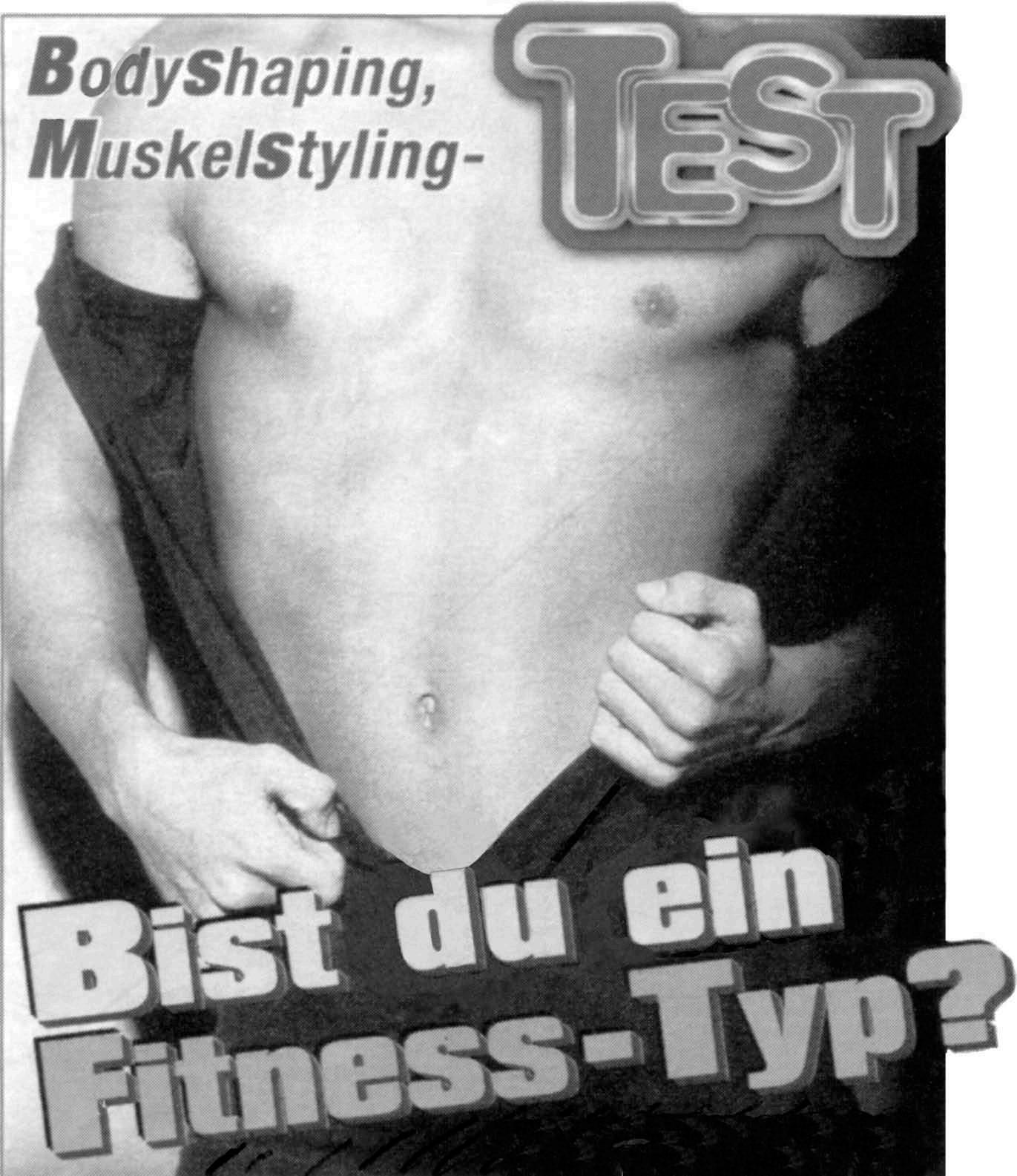56
Adjectives, adverbs and adverbials
Other common adverbs of place: außen innen draußen drinnen
on the outside on the inside outside inside
irgendwo nirgendwo/nirgends anderswo/woanders überall
somewhere nowhere somewhere else everywhere
4.11 Adverbs of direction German usually makes a clear distinction between position, movement away from the speaker and movement towards the speaker by combining hin (away from) and her (towards) with other adverbs or prepositions to form adverbs of direction.
-hin and -her are suffixed to other adverbs of place to indicate direction: Wo wohnst du? Wohin gehst du? Woher kommst du? Komm doch hierher! Ich bin gerade auf dem Weg dahin. Wie können wir dorthin kommen? Er geht irgendwohin. Den Typ kenne ich irgendwoher. Morgen fahren wir woandershin.
Where do you live? Where are you going (to)? Where do you come from? Just come here! I’m just on my way there. How can we get there? He’s going somewhere or other. I know that guy from somewhere or other. Tomorrow we’re going somewhere else.
NB In spoken German you’ll often hear: Wo gehst du hin? and Wo kommst du her?
hin- and her- can be prefixed to PREPOSITIONS to form directional adverbs, e.g. heraus. These directional adverbs can in turn be used as PREFIXES with verbs of motion. They link the direction indicated by the preposition with the idea of movement away from or towards the speaker: Er kam ins Zimmer herein. Sie ging aus dem Zimmer hinaus. Er fuhr unter der Brücke hindurch. Er zog eine Pistole unter dem Bett hervor. Wir sind die Treppe hinaufgestiegen. Sie kamen die Treppe heruntergerannt.
He came into the room. She went out of the room. He drove underneath the bridge. He pulled a pistol out from under the bed. We climbed up the stairs. They came running down the stairs.
NB In spoken German, speakers will tend to shorten hinunter/herunter and hinauf/herauf to runter and rauf.
As the examples show, the directional adverbs with hin and her sometimes repeat the direction given by a preceding preposition. You can use a noun phrase in the ACCUSATIVE case (without a preposition) to form adverbials which express distance. This is common in combination with directional adverbs in hin- and her-:










